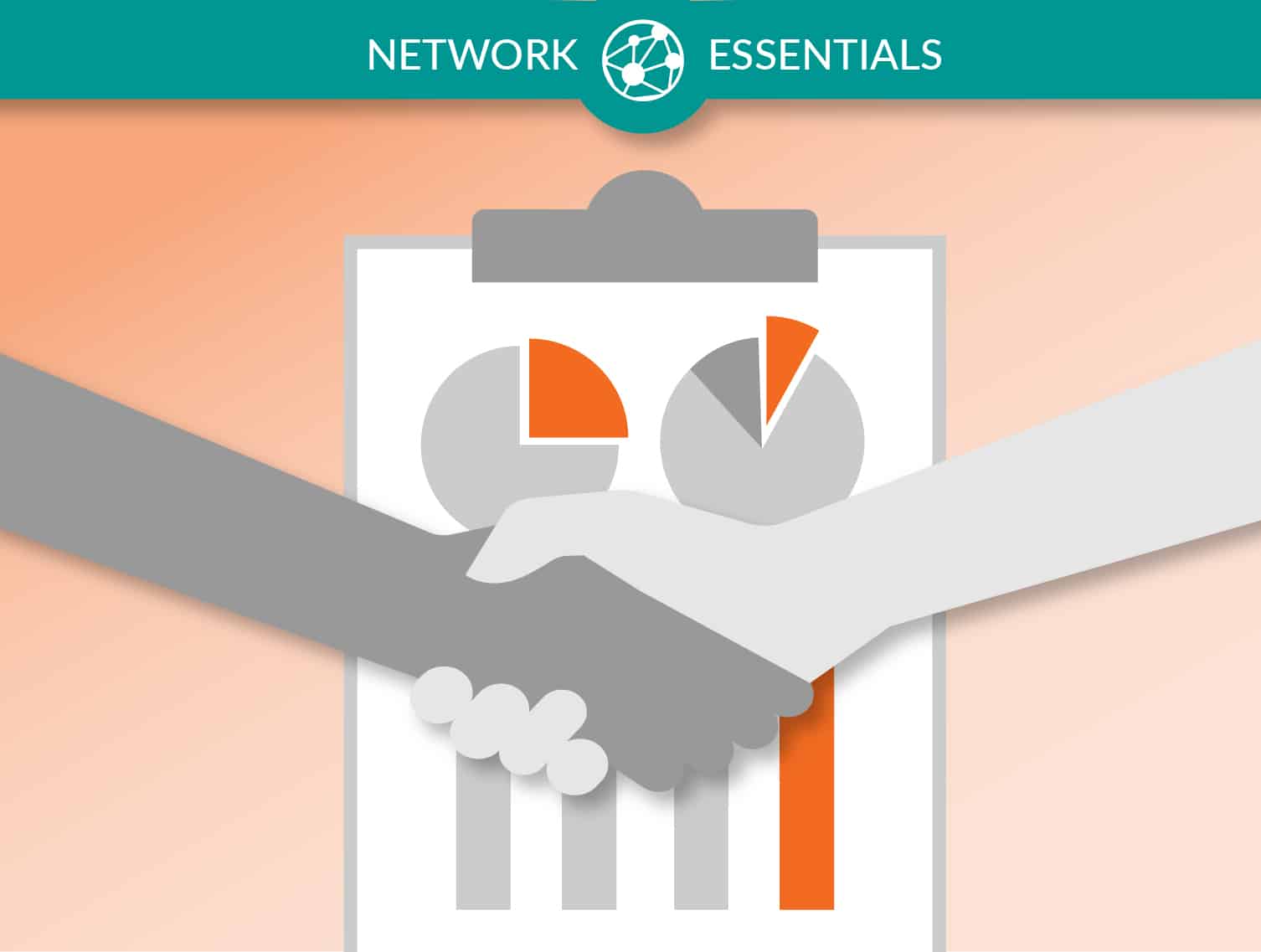Effective network improvement projects are complex and require educational alignment, careful budgeting, and stakeholder management to be successful. As with all major district initiatives, school leaders play a crucial role in making sure that the money and time spent on the network are spent efficiently – and ultimately for the benefit of students.
A Shared Vision For Digital Learning
Before embarking on a network upgrade, school districts should agree on a compelling vision for how students can benefit from new technologies. With personalized student learning at the center, the Future Ready Framework provides a roadmap to support school leaders in building a digital plan that prepares students for success in college, career, and citizenship. Creating a shared understanding of educational goals ensures that decision-makers are all working to achieve the same outcomes. The more clearly defined, and unambiguous you make these goals, the easier it is to get buy-in when it comes to determining the technology and infrastructure changes required to support them.
Assemble Your Support Team
Recognizing that circumstances and context vary significantly from district to district, a critical step is assembling a cross-functional team to support your upgrade. Your team should include:
1. Technical expertise, e.g., technology coordinators who implement and maintain IT systems and integrate educational technology into the classroom.
2. Curriculum / Instructional input, e.g., principals or teachers who can identify expectations for technology use in schools today and in the years ahead.
3. Business coordination, e.g., financial and facilities management personnel who can coordinate budgets, purchasing, and infrastructure changes within schools.
If the right expertise is not available in-house, consider external resources from your education service agency or local consultants. By ensuring key stakeholders engage in early planning, understand projected upgrade costs and the extent of any modernization work, you can build a culture of collaboration to support your network upgrade.
Communicate And Coordinate
While your district technology plan should serve as a clear guide for determining the amount of bandwidth required based on your budget, providing regular updates on purchasing and management decisions helps to create transparency and document your upgrade process.
For example, it’s essential to communicate how you intend to leverage funding sources such as the federal E-rate program, strategies involved in choosing hardware components, and plans for implementing the hardware in each school. With this information, stakeholders are better equipped to navigate the many decisions required to deliver cutting-edge connectivity to students.
Making A Case For Investment
Since the costs and tradeoffs around building school networks are not obvious to most people, technology leaders should communicate early and often to all stakeholder groups – just like any other significant district project. While ensuring decision-makers are aware of the $3.9B allocated for E-rate funding that has created an unprecedented short-term opportunity for school districts to upgrade their network infrastructure, these three tips can help you build your case for investment.
2. Research and compare connectivity solutions
Decision-makers will also need to see infrastructure comparisons and an estimate of the cost of each option. Analyzing the relative costs can be complicated, but tools such as Compare & Connect K-12 let you research and compare K-12 broadband pricing and services with similarly sized districts. Our team can also assist you with thinking through the pros and cons of each and also support you by acting as a neutral third party providing analysis and vendor-agnostic feedback.
3. Align investments with your school district’s plan for the next 3-5 years
Your case should include detailed forecasts of timings, resource demands, skill requirements, and any network quality factors (e.g., latency, link loss, budgets, plant design) for all the services you are exploring. Every school district will need to consider the different options based on their unique situation and get several competitive bids, including pricing and project timelines before making a decision on which to implement.
For more information on planning your broadband network upgrade, explore our free tools and resources, or schedule a call with a member of our team.
Other blogs in this series
#1 – Understanding the basics of school district networks
#2 – Plan for your school districts broadband budget
#3 – Planning for your future bandwidth needs
#4 – Securing buy-in for your upgrade
#5 – Successful Procurement






